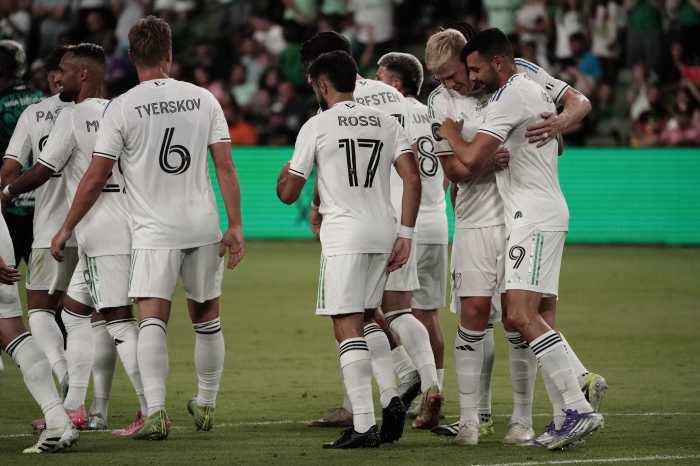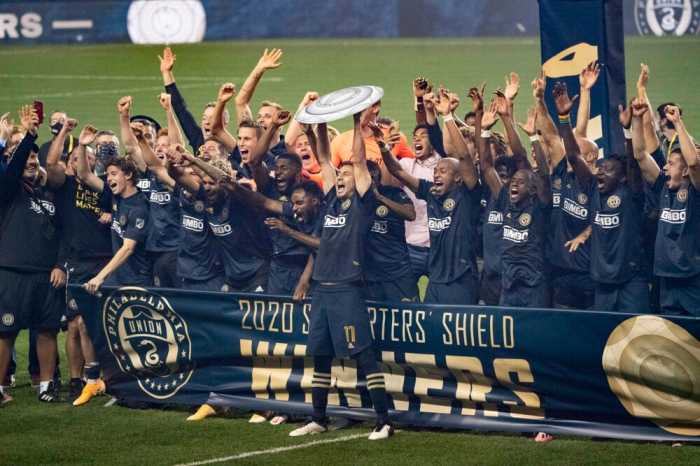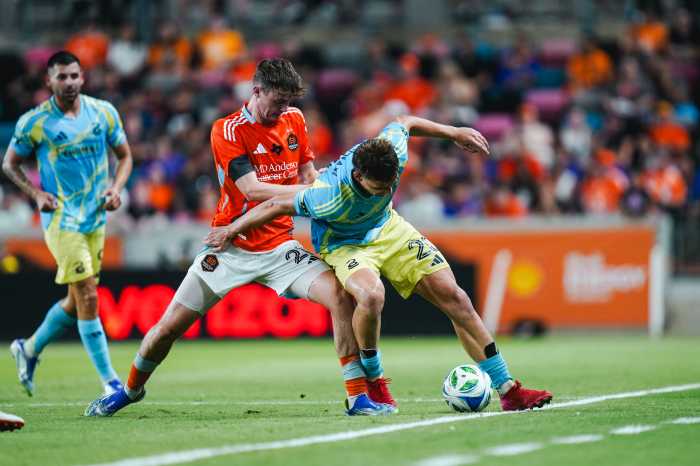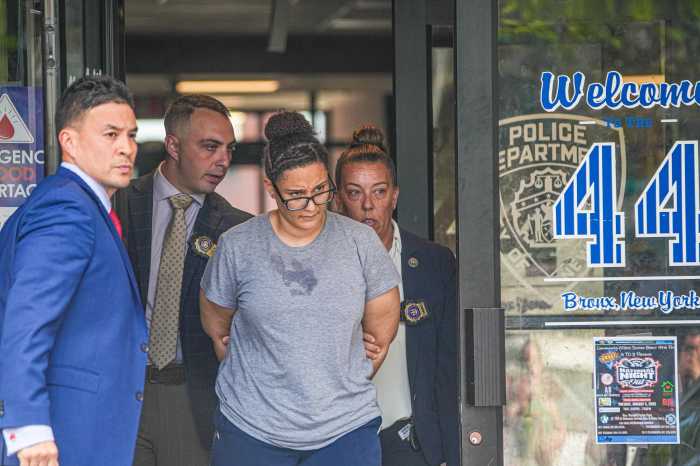No one knew if Major League Soccer would last even five years when it launched in 1996. But here we are in 2019. That’s a long time. MLS has not only sustained but grown, from ten clubs in its inaugural season, to 28 by 2022. The change I’m suggesting might seem insignificant but I believe it will benefit the league greatly within a few years’ time…
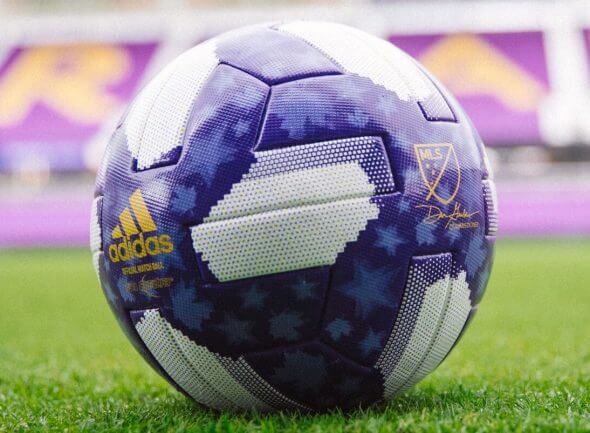
During this international break, I started to think about what changes might benefit MLS in future seasons. Drop the All-Stars vs. Europe format and “progress” back to Eastern Conference vs. Western Conference. The last time MLS chose to use this format was 2004. There were only ten teams back then. The total attendance for the entire season was under 2.5 million. In 2019, that number will come close to or surpass 9 million. The additions since 2004 of clubs in major metro areas such as Philadelphia, Atlanta, Toronto, Seattle, Orlando, as well as an additional club in both the Los Angeles and New York markets, has spurned growth only dreamed of twenty years ago. Yes, the attendance in Seattle and especially Atlanta is far beyond the rest of the league at the moment, but I believe it’s a sign of things to come.
The point of the MLS All-Stars competing against a top European club was to increase the league’s visibility, attract those overseas to play in MLS, increase ratings and increase attendance. As a hoot as a match-up like this is, the league can serve itself better. Major League Soccer is known throughout the world now, more stars and quality players are coming to the United States than ever before, and overall league attendance, as I stated previously, has grown exponentially.
The league has never done an outstanding job of marketing itself or its players. Now that soccer has become more mainstream in the United States and in a few years will pass the NHL as #4 (in my opinion), it can take a risk or two. As it’s currently constructed in 2019, fans vote for the starting 11, the commissioner makes two picks, and the coach of the All-Star team selects the final thirteen players. This allows for only 26 All-Stars. That might seem like a lot of players but there needs to be more.
In both ’18 and ’19, six MLS clubs were not represented in the All-Star game. That means six markets with much less interest and less incentive to watch not only that game but other regular-season matches. I’m not a big fan of how Major League Baseball does it – ensuring there is an all-star named from every team. But MLS needs to bite the bullet for at least a few years in this case and institute the same process. Inclusion allows each club in MLS to market at least one player as their all-star. Fringe fans in say Vancouver or Colorado who know a particular player is their city’s all-star, is playing in the All-Star Game and will be playing locally for their club, are more likely to watch and attend more matches, and it will hopefully snowball.
And in 2020 there will be more than enough star-power to warrant an East vs. West match-up. I suggest 22 players per roster. Starting XI for each side will be voted on by the fans. The commissioner can select one player for each side. The remaining ten will be chosen by whoever is coaching the East and West sides. The coaches will be those who finished with the most points in their respective conference the previous year. This system would allow each conference to have up to eight teams with multiple players represented, even as far as 2022 after expansion. That would be 44 MLS All-Stars. More names to be marketed, discussed and enjoyed.
If you don’t think a match of that sort would be entertaining, how about if we applied this suggested system to 2019? Note that most 2019 all-stars have been included. The two squads would look something like this…
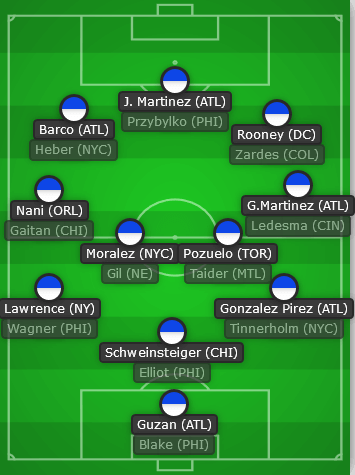
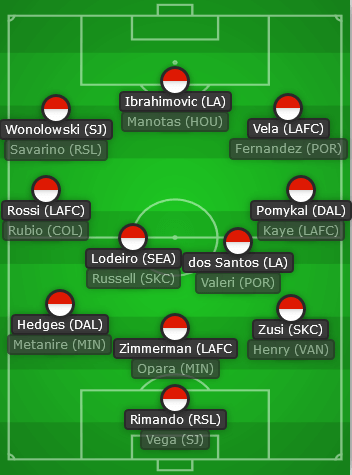
There you have it. Maybe it’s something minor. Perhaps it would accomplish more than I think. But, I do think it’s a necessary step for Major League Soccer to start standing on its own.
Be sure to come back to Philly Sports Network for more Philadelphia Union, Steel FC, and other soccer content!
Follow our writers on Twitter:
Tim Lovenguth | Jeff Green | Matt McClain| Matt Nissenfeld
Peace out Union fans!
Mandatory Credit: Major League Soccer

